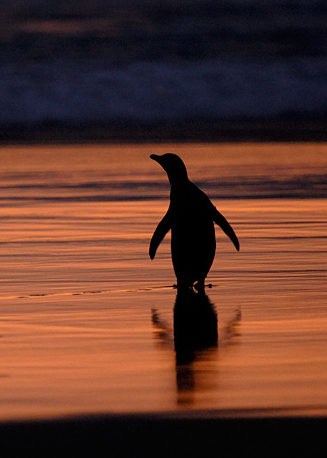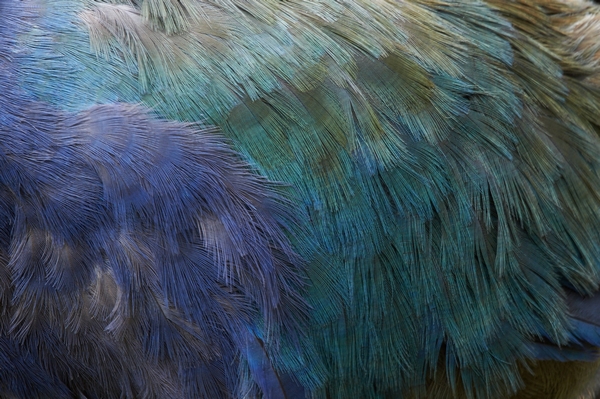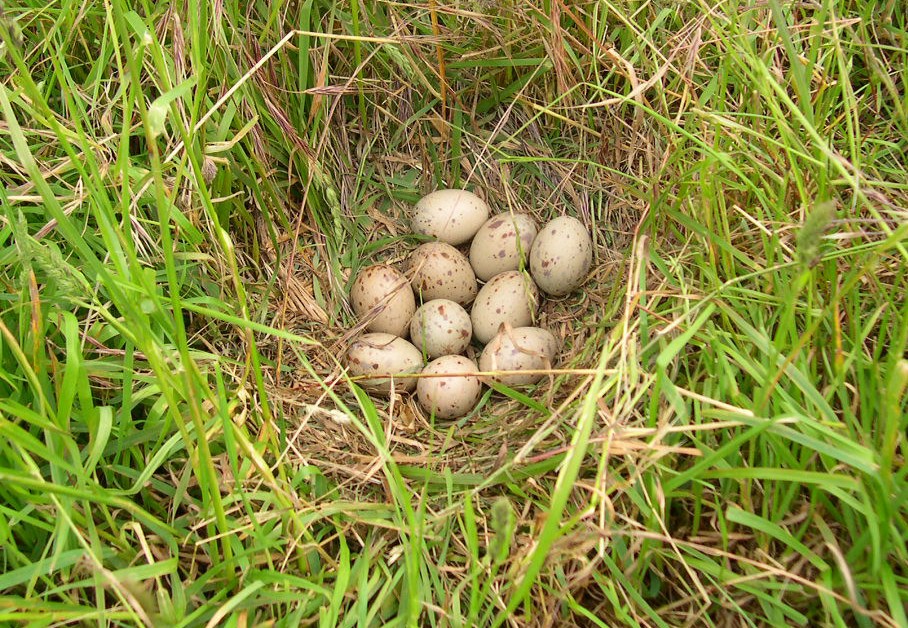Category: Live
Submission to the Climate Change Commission
March 30th, 2021The Society made a submission to the Climate Change Commission’s invitation for comment on its Draft Advice Document to the Government. Read the submission here
Regional Representatives – Voluntary Role
September 2nd, 2020Regional Representatives play a leadership role in Birds New Zealand’s regional branches by organising projects, coordinating branch meetings and field trips, communicating with members, and promoting the Society.
We are currently looking for people to volunteer as Regional Representatives in the following regions:
Far North – Whanganui
If you are interested in providing leadership for the study and enjoyment of birds in your region and have the time to volunteer, please get in touch with eo@birdsnz.org.nz
For more details on the Regional Representative role please refer to our guidelines https://www.birdsnz.org.nz/about-us/manual/guidelines/
Nest Record Scheme
August 27th, 2019With the winter season soon turning into spring, we need your help in increasing our knowledge of a very important aspect of bird behaviour!
With the Nest Recording Scheme you can help to fill the gaps in our knowledge. Are you able to observe birds nesting in your garden or neighbourhood park; or are you already undertaking valuable research on a species that could be reported ? Please check https://www.birdsnz.org.nz/schemes/nest-record-scheme/ or contact the Nest Records Scheme Convenor. Any contribution would be much appreciated.
The Nest Recording Scheme aims to provide abundant & comprehensive data on length, time & peak of breeding seasons, clutch size, number of clutches, incubation & fledgling periods, nest sites & materials used in nest building. Many nest record cards are needed to help provide detailed information & a vital understanding of the breeding behaviour for each bird species.


